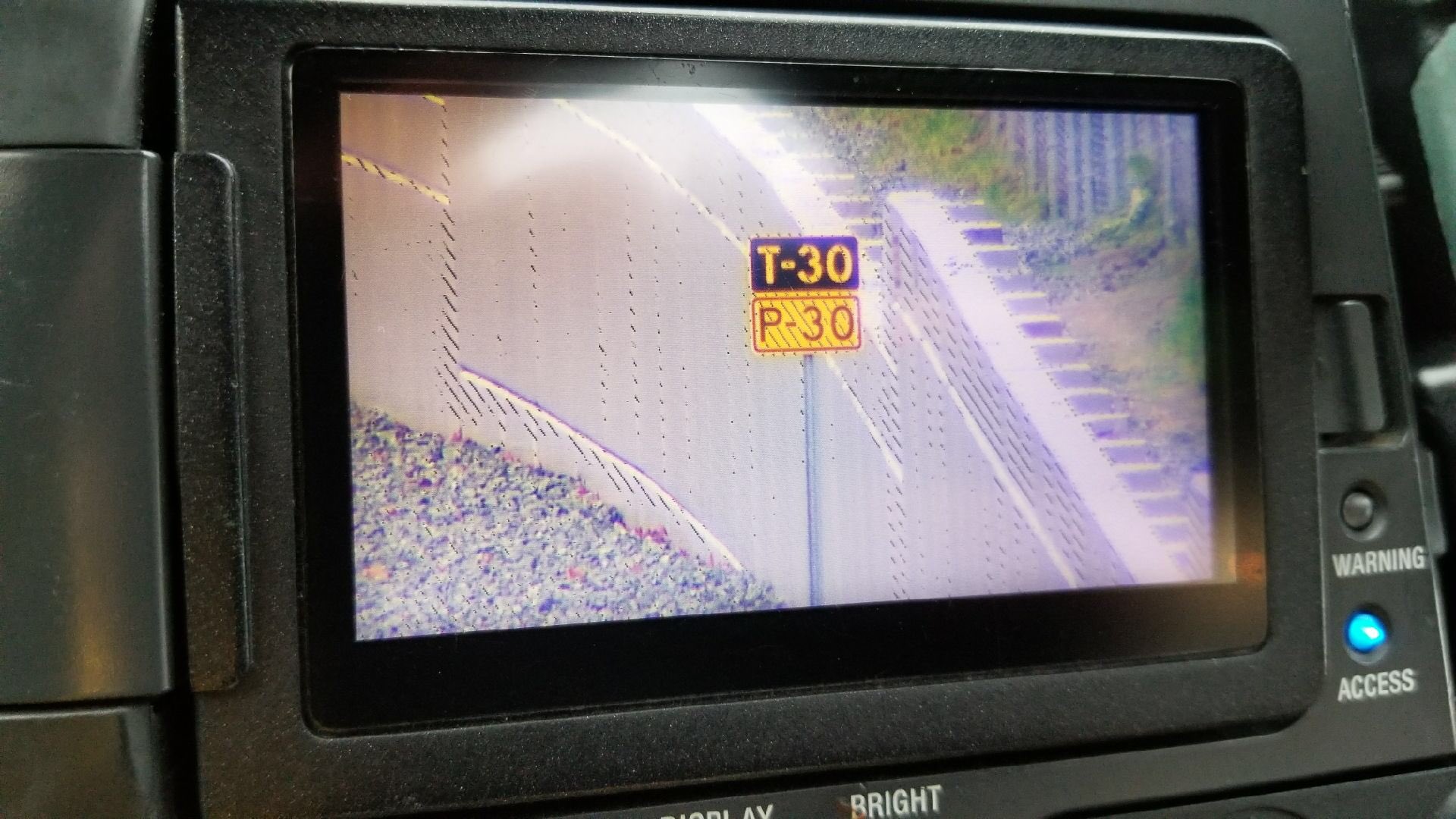cascaderailroad
New member
On US roadways there are large reflective metal speed reduction signs displaying a numeral speed limit ... sometimes there are a series of large reflective metal chevrons showing a R or L curve ... Are any of these visual warning signs "Ever" implemented on US RR's ... as this train is suspected of doing 80mph, on a 30mph curve, with a trainee riding along "observing" in the cab ... Are engineers only running by their seat of their pants, relying only on "feel", or instinct, or previous mental recall, of the route, trusting that they "might know", or "might not know", a curve, or speed restriction may be ahead ? Sounds like the case of Frankford Junction Phila PA Amtrak wreck all over again
Last edited:


